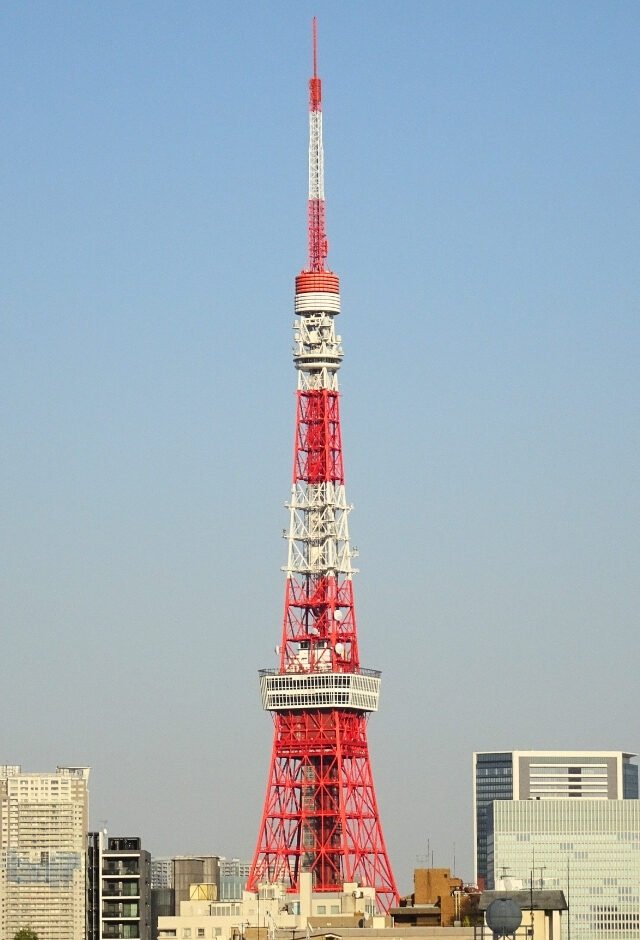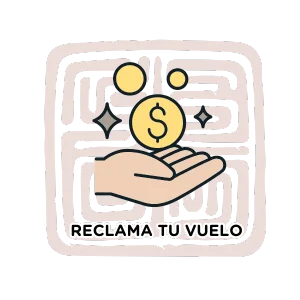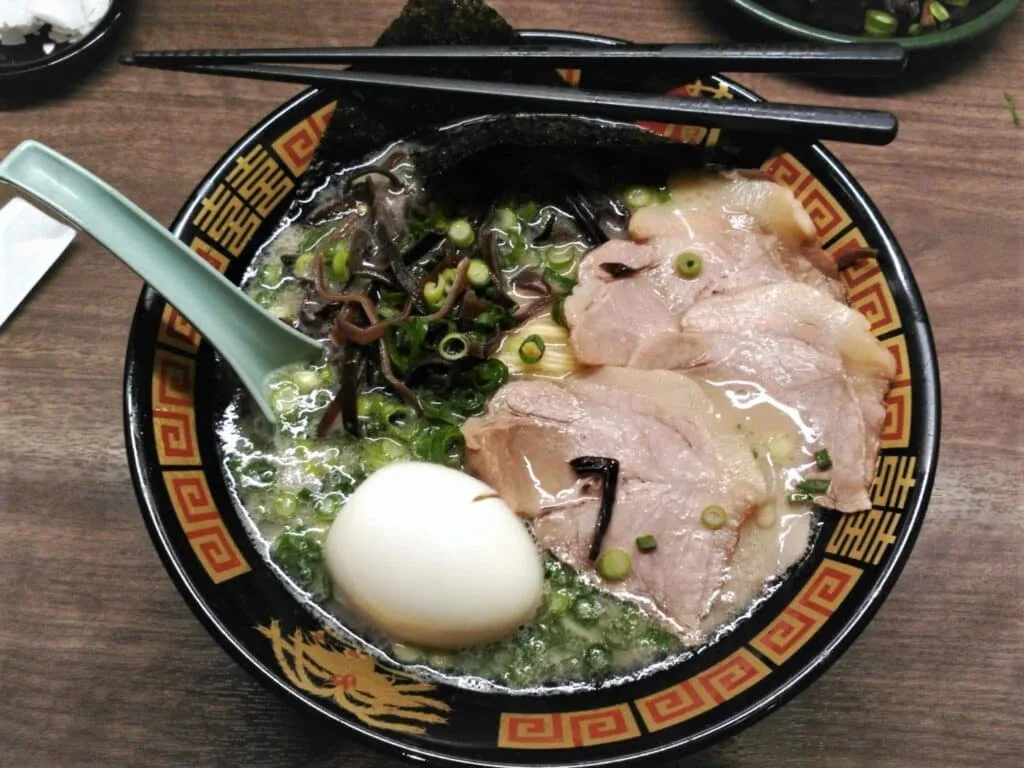
Whether in the form of udon, soba, yakisoba, somen or the ever-popular ramen, the Japanese love of noodles is rich and varied. Given the many uses of this form, in a broth as a soup, in hot dishes or in cold salads with a variety of dipping sauces, the Japanese prove every day that they can do almost anything with noodles. In this post we bring you a selection of 5 types of Japanese noodles that you should try on your next Japanese adventure.
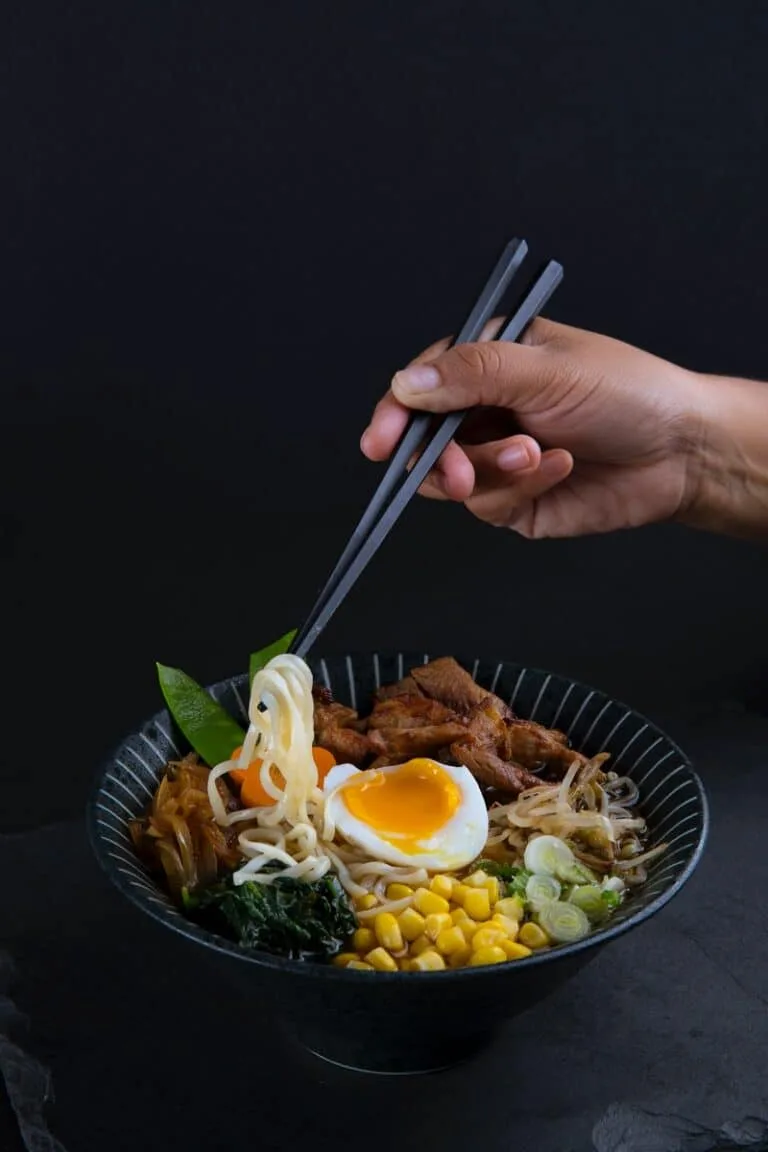
Ramen noodles
First up, within the 5 types of Japanese noodles, our number 1 will be ramen, as it is arguably the king of noodles in Japan, and around the world, despite being the newest form of Japanese noodles. These thin wheat noodles are served in a variety of broths, from shio (savory) and shoyu (soy sauce) to tonkotsu (pork bone) and the newest style of ramen, miso. Unlike other Japanese noodles, ramen is almost always served hot, and is a quick and cheap solution to untimely hunger anywhere in Japan.
Although a bowl of ramen can contain many different ingredients, the secret ingredient in the noodles themselves is a form of alkaline water known as kansui, which originates from the lakes of Mongolia. Kansui is often substituted with eggs.
Ramen Main Dishes
Miso ramen
Miso ramen It is also popular, especially famous in Hokkaido. It can use butter and corn, cabbage, sesame seeds and garlic.
Tonkotsu soup
Tonkotsu soup Probably the most popular type of ramen outside of Japan, tonkotsu ramen has a cloudy, white-colored broth. This occurs after pork bones are boiled for hours on end, providing a creamy, almost milky flavor. We have the island of Kyushu to thank for tonkotsu ramen, which originally started out as street food.
Shio ramen
Shio ramen It is a bit lighter, a yellowish broth made with salt and stock. The flavor is also lighter and the soup usually uses straight noodles rather than curly ones.
Shoyu ramen
Shoyu ramen Shoyu (soy sauce) is at the heart of Japanese cuisine. So it's no surprise that shoyu ramen was the first ramen ever. Although there are a wide variety of shoyu ramen, the broth is usually brown in color and naturally has a salty and spicy taste. In the Tokyo version, curly noodles are often used.
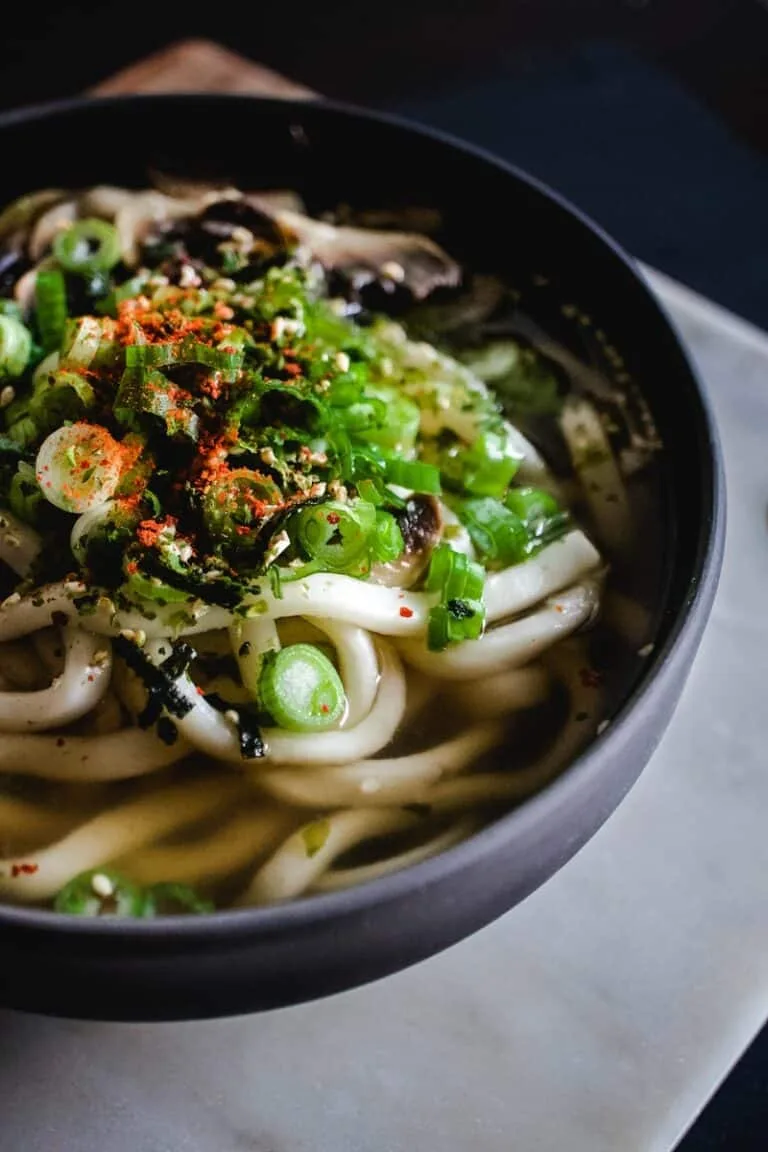
Udon Noodles
The next top of the 5 Types of Japanese Noodles that you should know about are udon noodles. These are the most consistent, thick and chewy Japanese noodles. Made with wheat flour, udon noodles are served hot in winter and cold in summer, varying as much as ramen and soba dishes. Because of their neutral flavor, udon noodles go with everything, from curry broths to dressings that include fried fish, various vegetables, pork… the possibilities are endless.
Udon Main Dishes
Kitsune udon
Kitsune udon, or “fox udon,” is topped with aburaage (deep-fried tofu slices).
Tanuki udon, or "raccoon udon"
Tanuki udon, or “raccoon udon,” It is topped with tempura batter flakes. Tempura udon is topped with tempura, or sometimes with kakiage (vegetable and seafood tempura).
Chikara udon
Chikara udon, It is topped with mochi. Stamina udon is usually topped with meat, egg, and vegetables.
Yakiudon
Yakiudon It is a stir-fried udon in a soy-based sauce, prepared in a similar way to yakisoba.
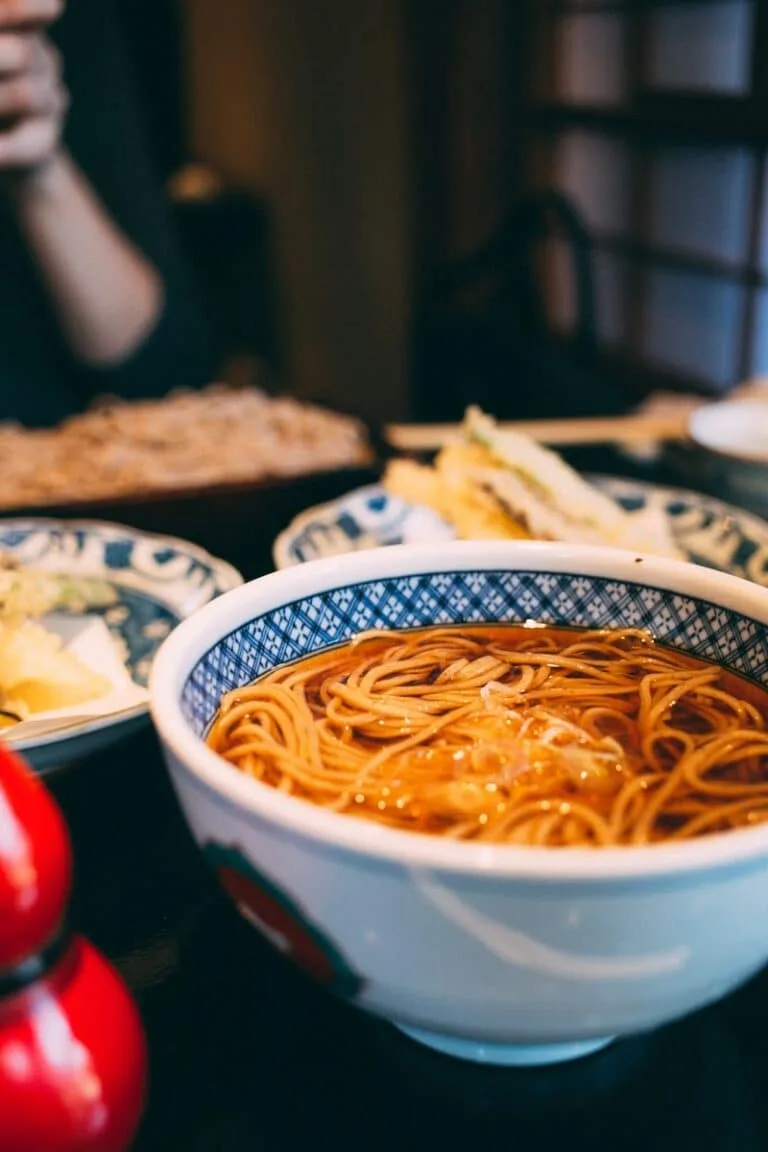
Soba Noodles
Soba noodles are primarily made from buckwheat (soba), which gives it a different, stronger flavor. The word soba is often used for all noodles, but soba noodles are a particular type. Fortunately, they are very easy to distinguish by their brown color and dense texture.
Soba noodles, in their various forms, are perhaps the healthiest of all Japanese noodles, and given their low wheat content, can be good for those looking to avoid gluten (a tip is to look for the word juwari on the menu, which means 100% buckwheat).
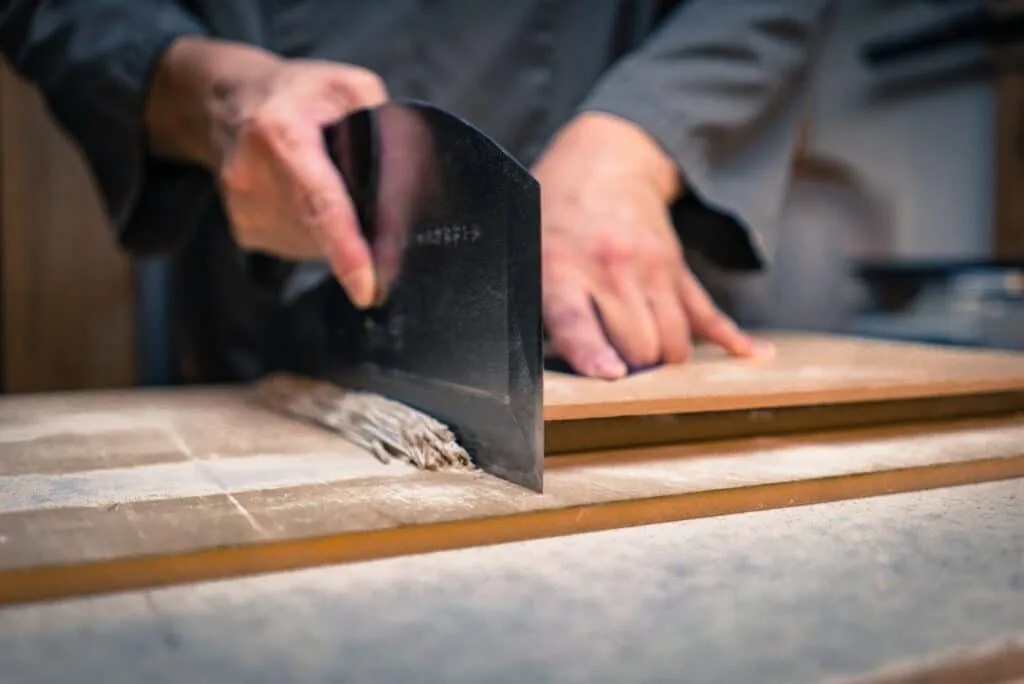
Eating Soba
Many variations of soba are similar to udon and range from chilled to served in soup.
Zarusoba It is cooled and served on a bamboo tray with nori seaweed pieces and green onions, then dipped in tsuyu (dipping sauce).
The most popular toppings for cold soba are tororo, a puree of yamaimo, and grated daikon.
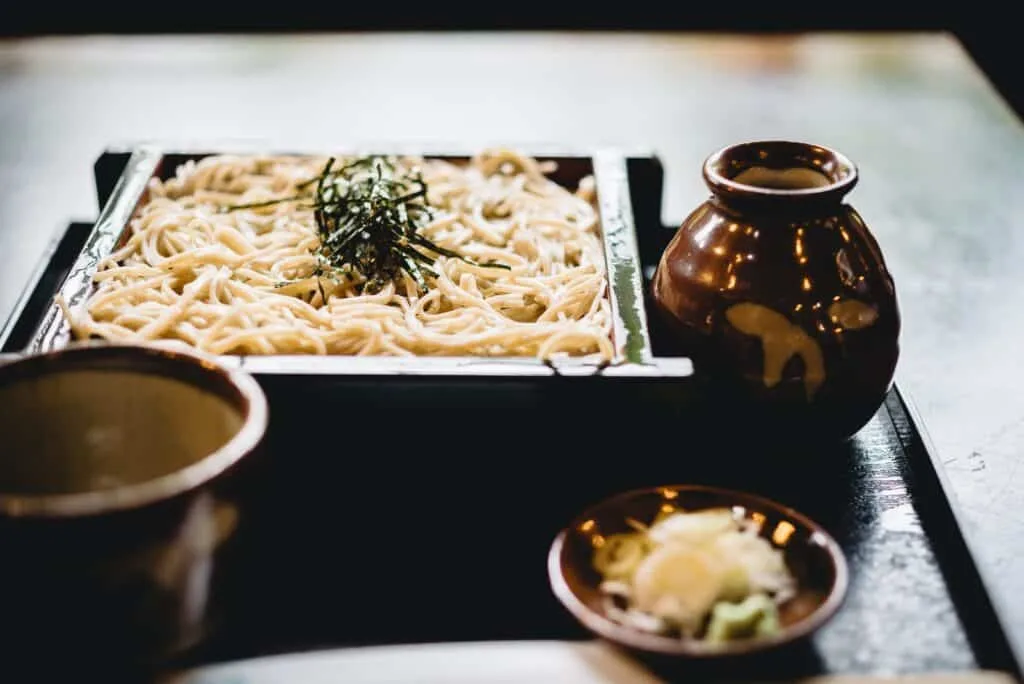
Yakisoba Noodles
Despite its name, yakisoba is not a type of buckwheat noodle, but is made from wheat flour. Like ramen, it is a relatively recent creation, having appeared in Japan (from China) at the beginning of the 20th century.
The noodles are more similar to ramen noodles, and are usually made with small pieces of pork and vegetables such as cabbage, onions or carrots. The dish is flavoured with yakisoba sauce, salt and pepper.
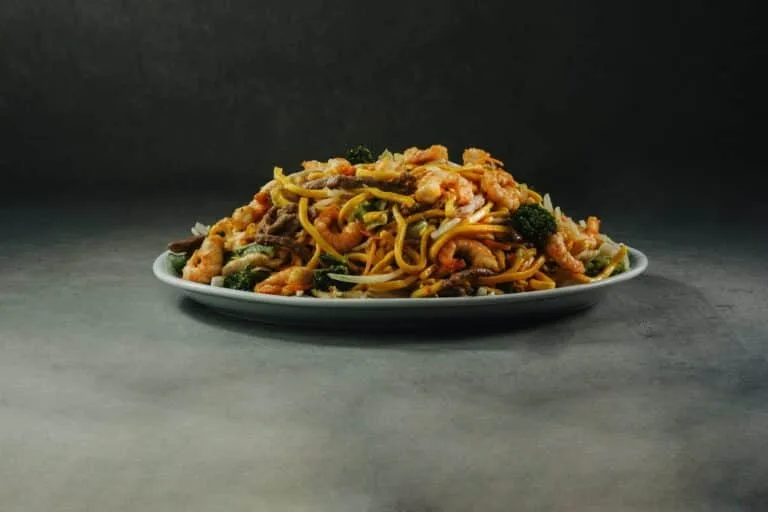
It is most often served as fried noodles, but there is also Yakisoba-pan, in which the noodles are placed lengthwise in a hot dog bun (bread) and garnished with mayonnaise and pieces of pickled ginger.
Yakisoba is a staple street food often seen at matsuri (festivals) and yatai (food stalls) in Japan.

Somen Noodles
The last basic form of Japanese noodles is, again, wheat-based, and does not differ that much in taste and texture from udon.
But they are much thinner and are often served cold as a light dish, usually in the summer. Somen noodles are made not only from flour and water but also from vegetable oil, and are stretched as they are formed, giving them a slightly more substantial mouthfeel, despite their diminutive size.
A fun way to serve sōmen in the summer is Nagashi Somen. The noodles are placed in long bamboo channels. Diners “catch” the noodles as the somen pass by, dipping their tsuyu in them and feasting.
These are just some of the noodle options you can try in Japan!
If you are interested in living and studying in Japan, you can find out more here and if you want more info write to us!


























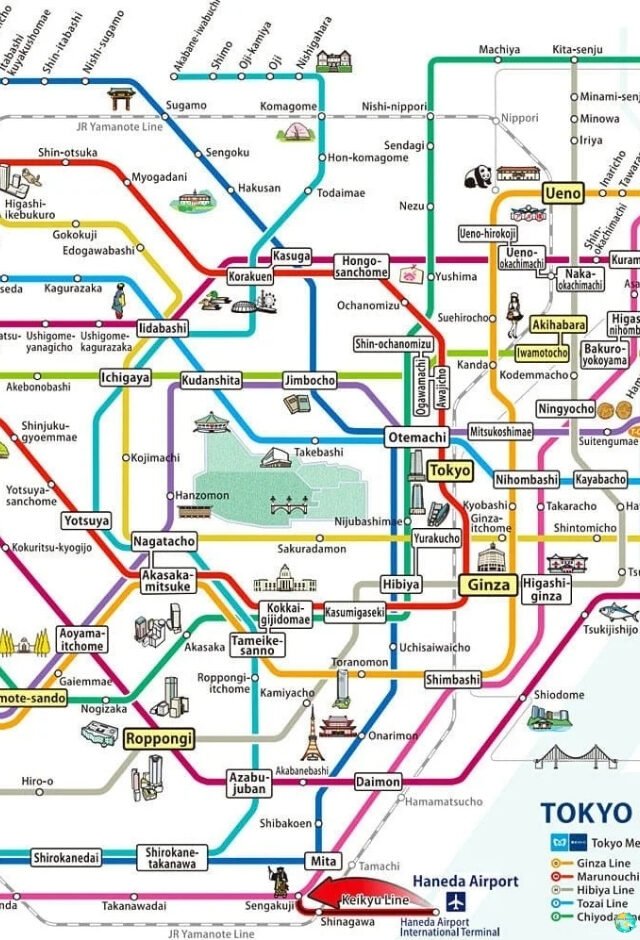



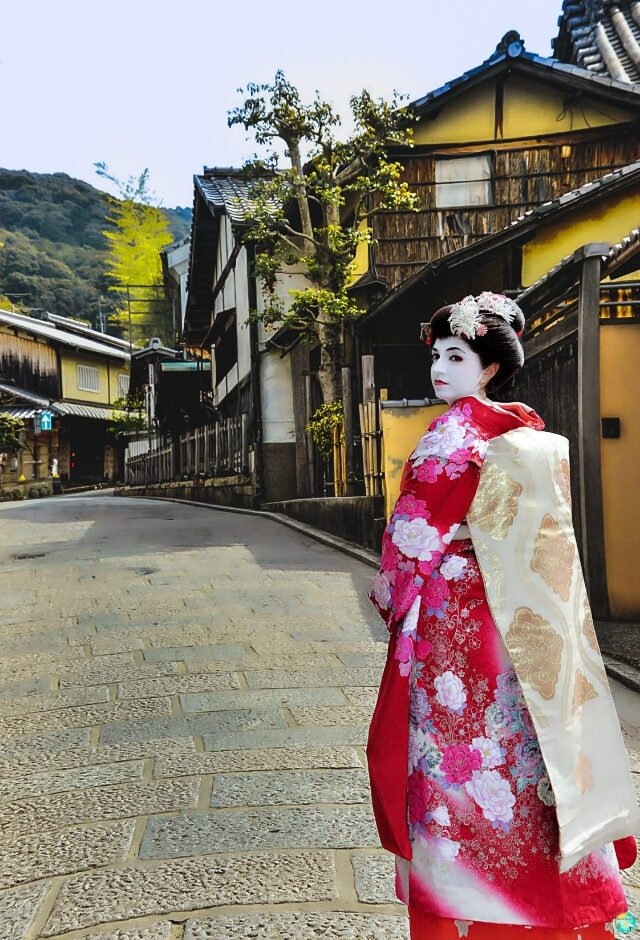





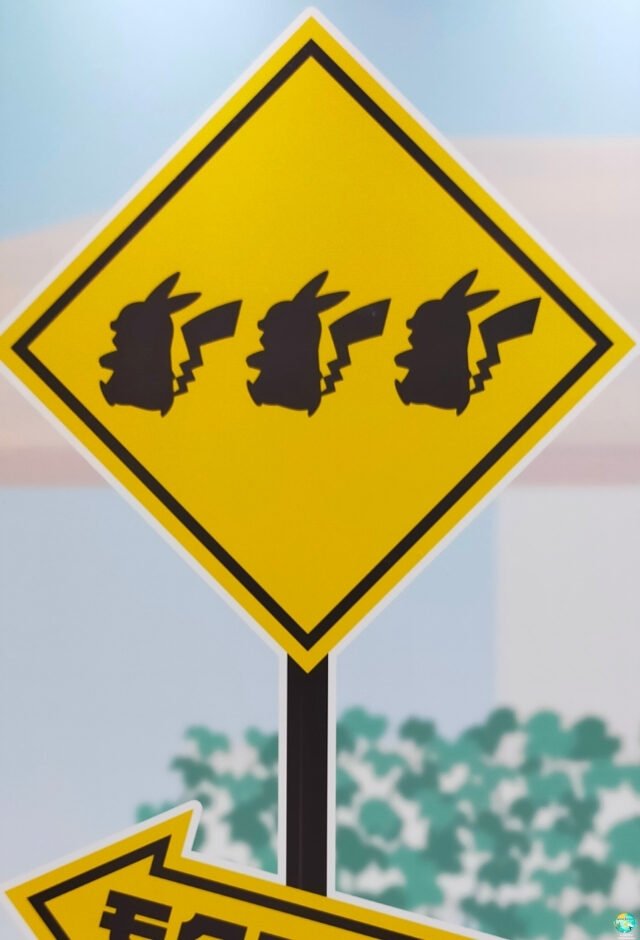


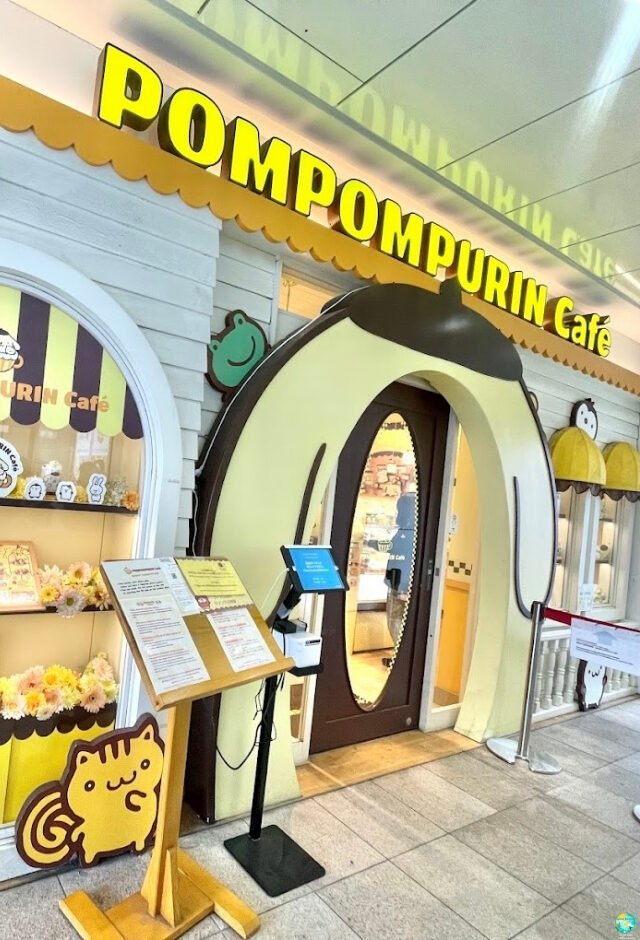

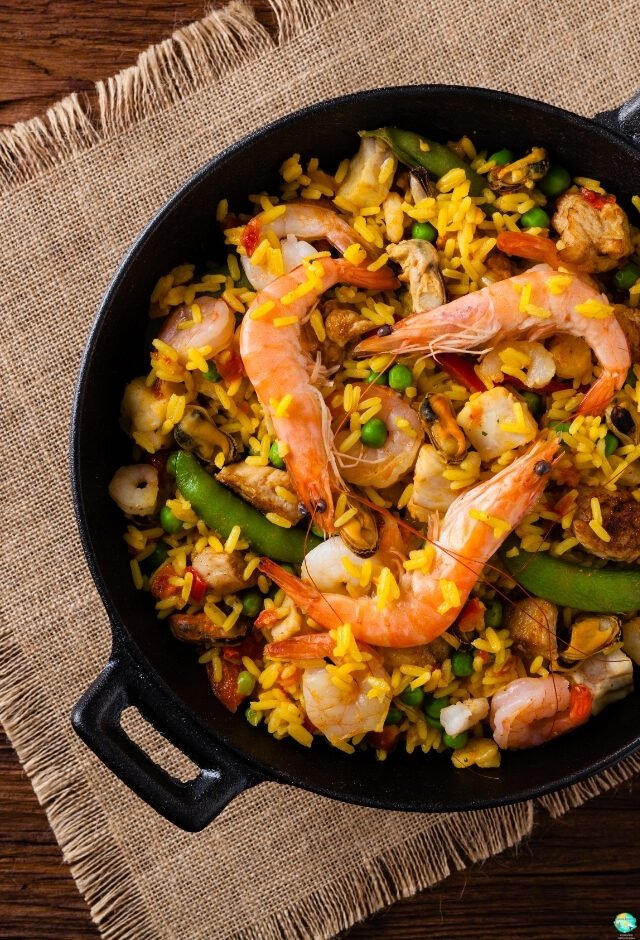











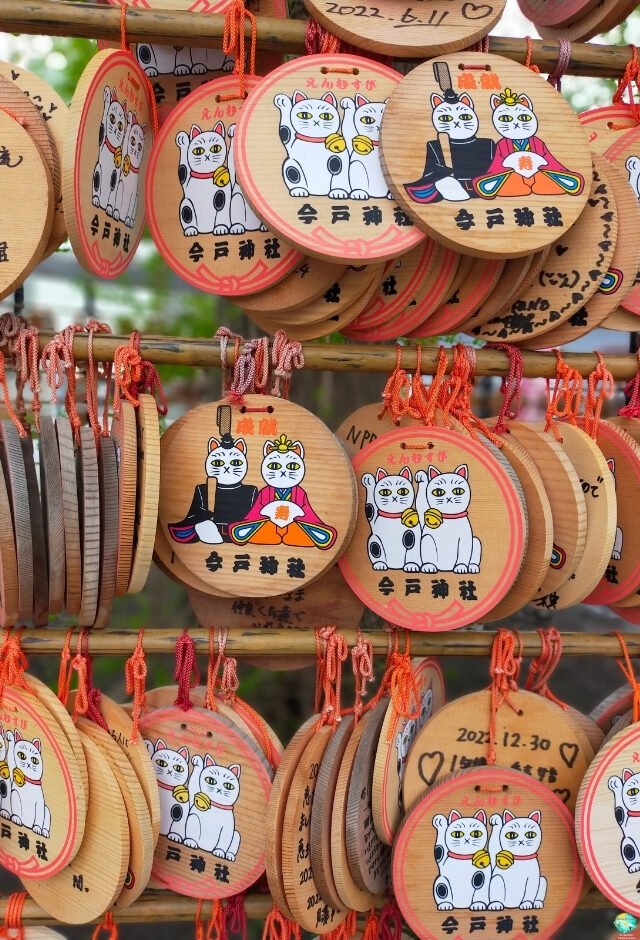

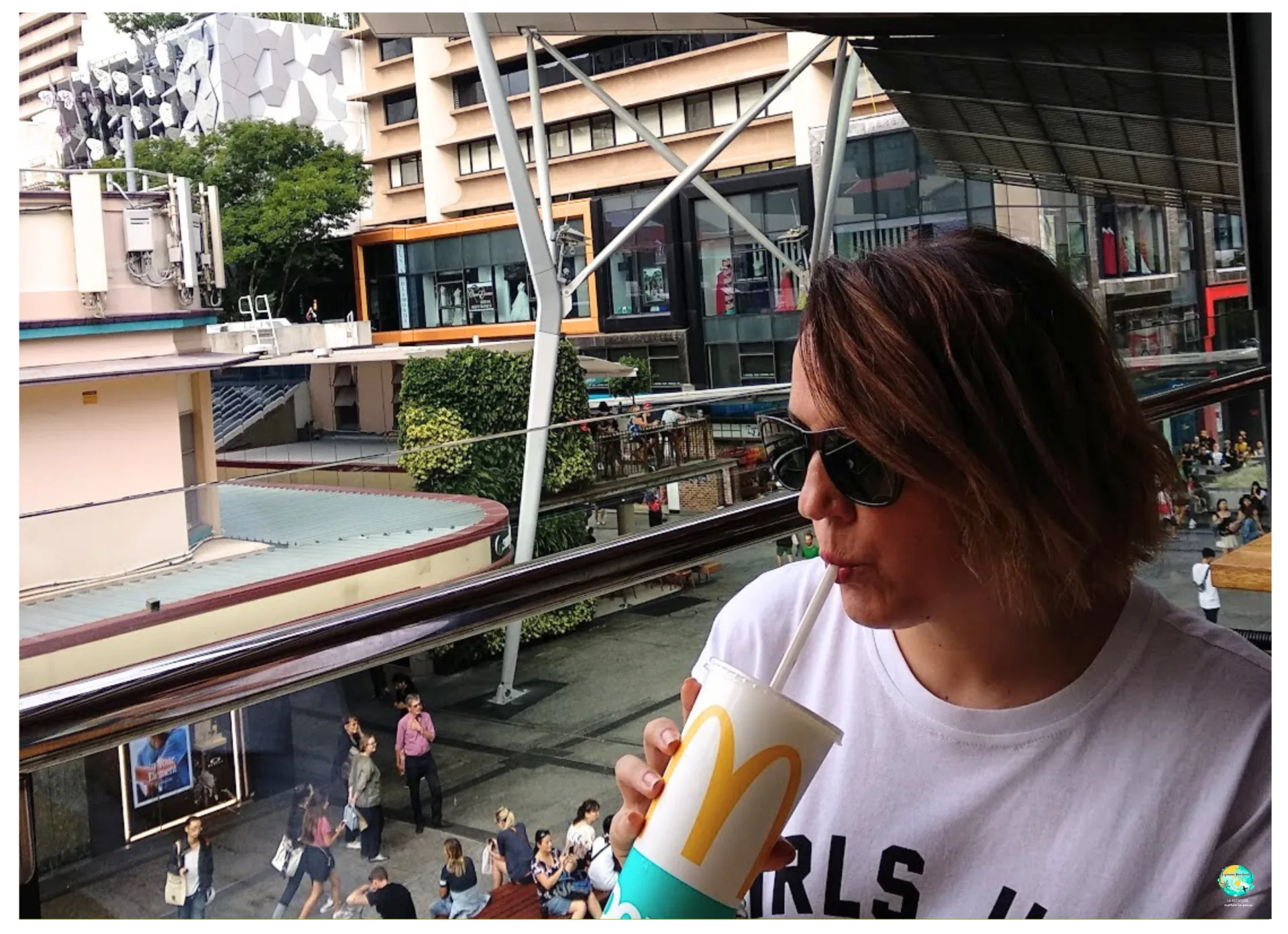



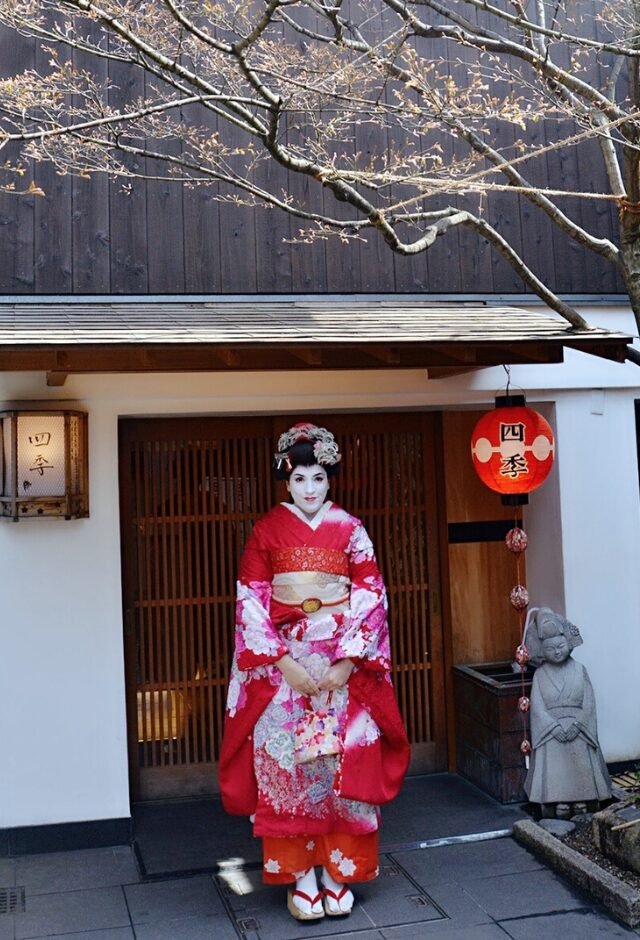




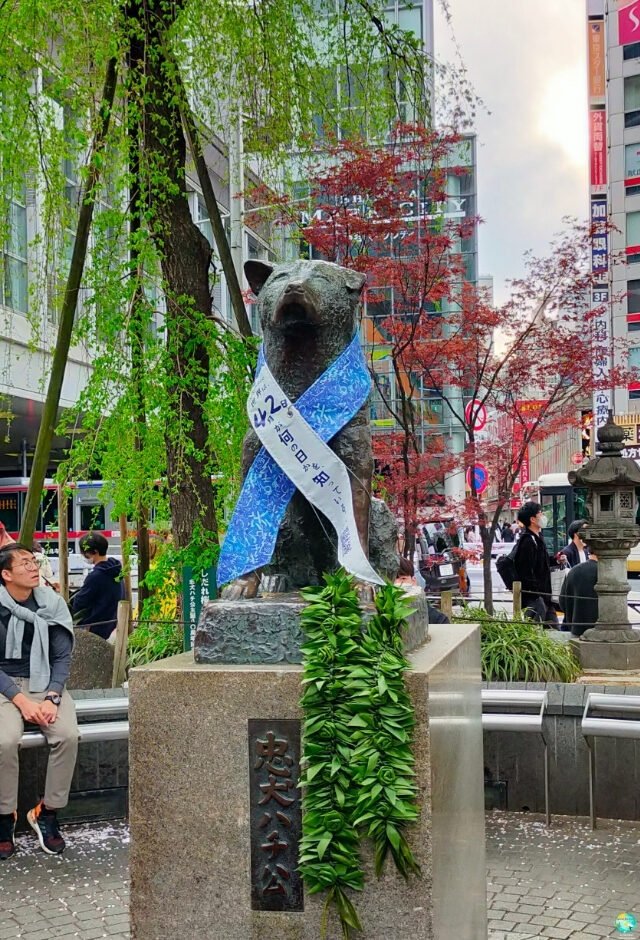
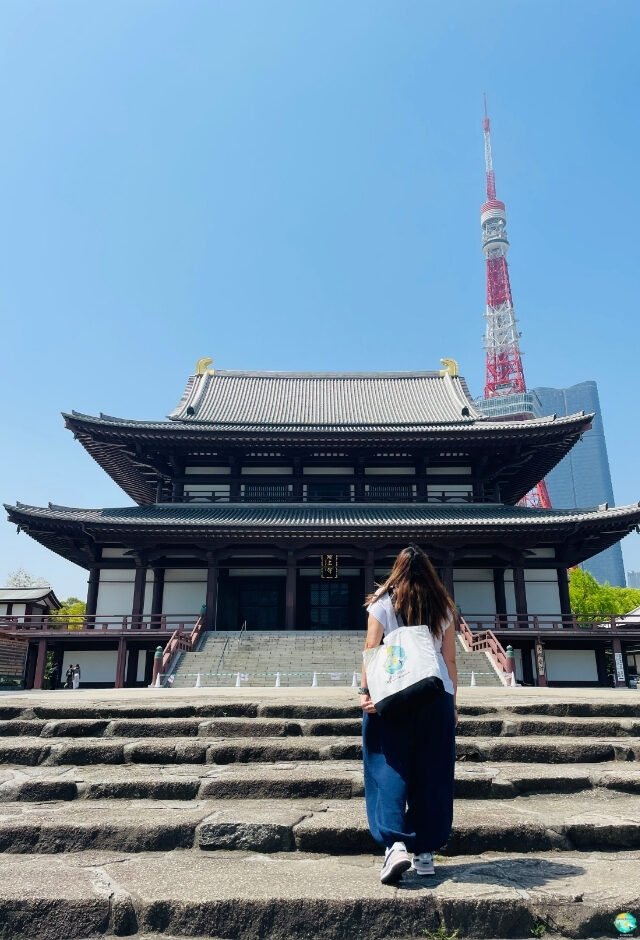

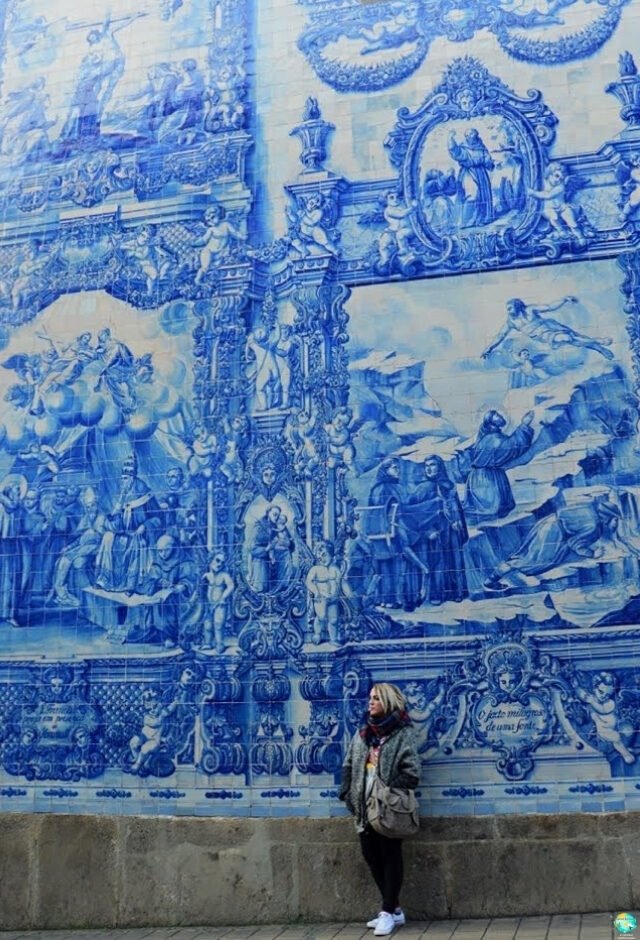

![Blog List Image ✈️ CÓMO ORGANIZAR UN VIAJE A NUEVA ZELANDA [ACTUALIZADO 2025]](https://experienceyourdream.com.au/wp-content/uploads/2025/06/Blog-List-Image-✈️-COMO-ORGANIZAR-UN-VIAJE-A-NUEVA-ZELANDA-ACTUALIZADO-2025.jpg)

